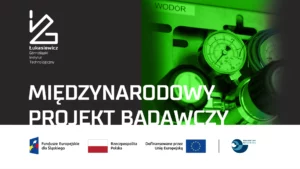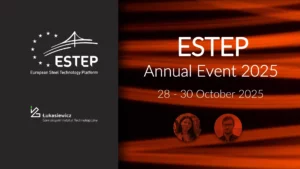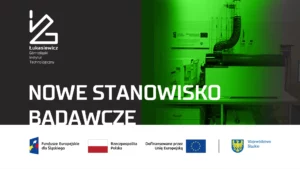The Green Steel Strategies 2025 conference was held in Brussels, bringing together leaders from the steel industry, energy experts, and policymakers from across Europe. The event served as a key platform for discussing the future of steelmaking in the context of decarbonization, technological innovation, and the development of the green steel market.
The conference also featured the participation of MSc Eng. Alicja Szemalikowska from Łukasiewicz – GIT , who had the opportunity to observe the latest industry trends and identify the key challenges and opportunities for the transformation of European steelmaking.

Decarbonization of Steelmaking – Challenges and Opportunities
The transformation of the European steel industry towards carbon neutrality currently faces significant obstacles. Insufficient renewable energy infrastructure, a lack of green hydrogen supply, and slow political support for the development of green steel markets are slowing the decarbonization process. As a result, steel producers must strategically plan investments and adapt technologies to meet the requirements of the future market.
Building the Green Steel Market
Developing low-emission steel requires not only new technologies but also appropriate market mechanisms. Green steel premiums, regulations, and verification standards are essential to prevent greenwashing, while the development of demand in strategic sectors is critical. European initiatives aim to support both producers and investors, making green steel a commercially viable option.
Energy and Hydrogen in Steel Production
The implementation of renewable energy sources and hydrogen technologies is key to steel decarbonization. Efficient use of electricity from renewables, the development of hydrogen infrastructure, and stable, competitive energy sources are essential for low-emission steel production to become a viable alternative to traditional processes.
Raw Materials and Recycling
The availability of high-quality iron ore and steel scrap remains one of the main challenges. The growing demand for recycled steel requires electric arc furnace (EAF) producers to adopt modern technological solutions and efficiently process raw materials. The creation of regional green iron hubs can further support the separation of iron production from steelmaking.
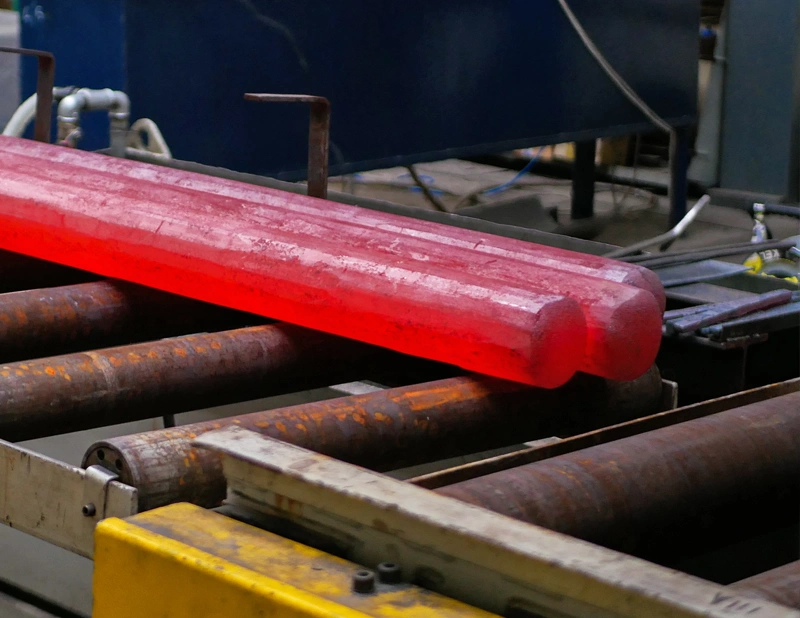
Regulations and Global Trade
The Carbon Border Adjustment Mechanism (CBAM) and evolving import/export regulations have a significant impact on the competitiveness of European steelmaking. The European Commission has introduced the Steel and Metals Action Plan and the Clean Industrial Plan, aimed at helping the industry regain competitiveness while decarbonizing production processes.


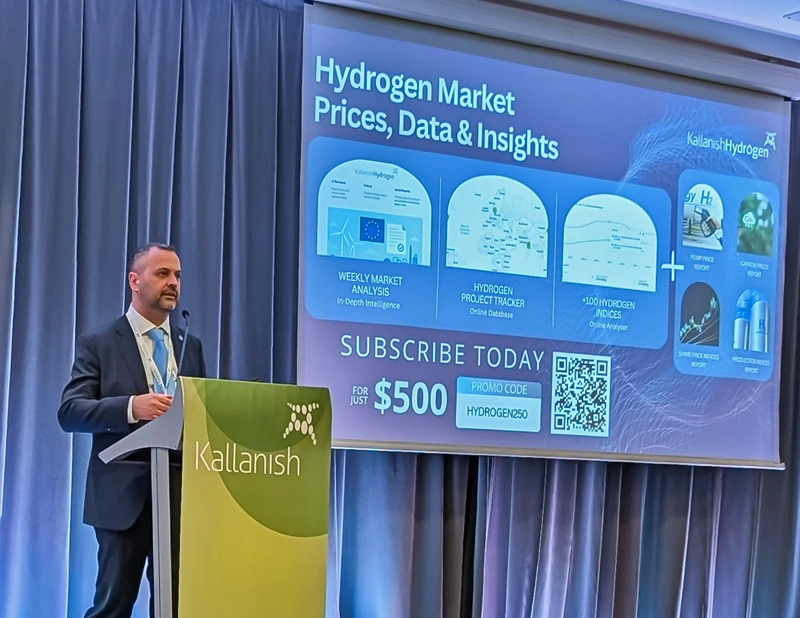
The Future of European Steel
Green Steel Strategies 2025 highlights that the transformation of steelmaking is a complex process requiring cooperation across the entire sector. European steel production faces strategic decisions regarding investments in hydrogen, renewable energy, recycling, and the development of the green steel market. The success of decarbonization will depend on the rapid implementation of supportive policies, efficient infrastructure, and innovative technological solutions.
Green Steel Strategies 2025 continues to serve as a leading platform for knowledge exchange and collaboration among all stakeholders involved in the green transformation of the steel industry.

